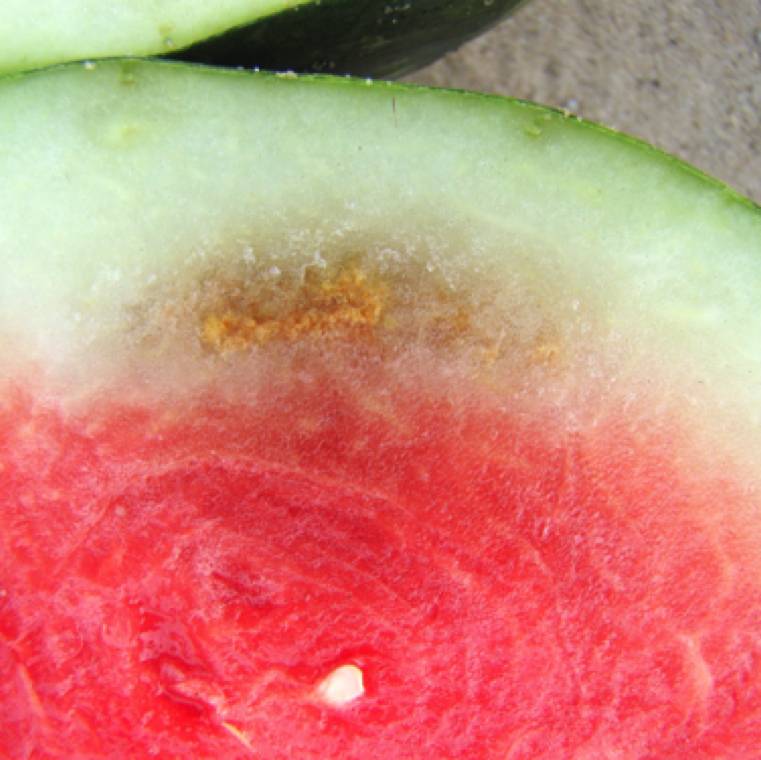Watermelon
Leaf Miner

Leaf Miner
Liriomyza trifolii
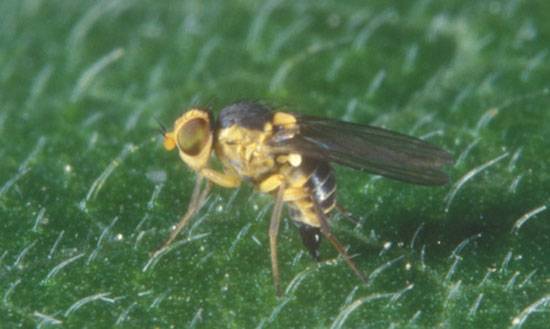
Leaf Miner
Liriomyza trifolii
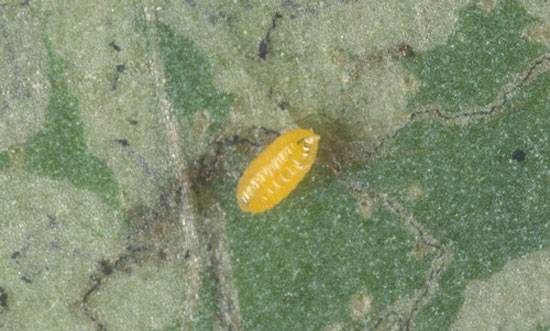
Leaf Miner
Liriomyza trifolii
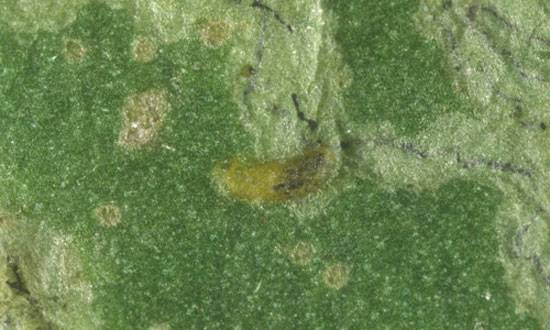
Leaf Miner
Liriomyza trifolii
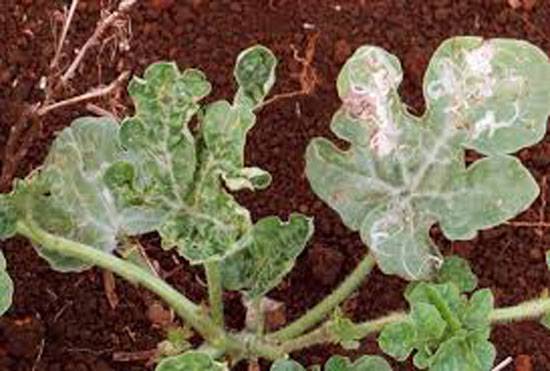
Leaf Miner
Liriomyza trifolii
The leaf miner (Liriomyza trifolii), commonly known for creating serpentine mines in leaves, is a major pest in agricultural and horticultural crops. Here are the key points about its life cycle, behavior, and impact:
Life Cycle:
- Leaf miners have a short life cycle, typically completing a generation in 21 to 28 days in warm environments.
- Development rates increase with temperature, peaking at about 30°C. Temperatures above 30°C are unfavorable and increase larval mortality.
Larvae:
- The larvae are legless and initially colorless but turn yellowish as they mature.
- They have a distinct cylindrical shape without strong tapering toward the head and bear spiracles at the posterior end.
- There are three active instars before pupation, with the body and mouthpart size used to differentiate instars.
- 1st instar: Body length ~0.39 mm, mouthparts ~0.10 mm.
- 2nd instar: Body length ~1.00 mm, mouthparts ~0.17 mm.
- 3rd instar: Body length ~1.99 mm, mouthparts ~0.25 mm.
Puparium:
- After exiting the leaf mines, larvae drop to the soil to pupate.
- The puparium is initially yellow, turning dark brown with time, measuring around 1.3 to 2.3 mm in length.
- The posterior spiracles are distinct, located on a pronounced conical projection with three distinct bulbs.
Adults:
- Adult leaf miners are small, less than 2 mm in length, with yellow heads, red eyes, and gray-black thorax and abdomen.
- They live for 13 to 18 days, during which females lay 200 to 400 eggs depending on the host plant.
Egg Laying and Feeding:
- Females puncture the leaf mesophyll using their ovipositor for feeding and egg laying.
- Egg-laying rates vary depending on the host plant; around 25% of punctures in preferred hosts like chrysanthemum and celery receive eggs, while only 10% of punctures in less suitable hosts like tomatoes get eggs.
- Males live only two to three days, as they cannot puncture foliage and feed less.
Development and Reproduction:
- Development at 25°C takes about 19 days from egg deposition to adult emergence.
- The egg stage lasts about 2.7 days, the larval stages last around 1.4 days each, and the puparium stage lasts about 9.3 days.
- The adult pre-oviposition period is around 1.3 days.
Impact on Crops:
- Leaf miners feed on plant tissues, creating visible "mines" on leaves, which reduce photosynthetic ability.
- The damage can lead to reduced crop yield and quality, especially in vegetable crops like celery, tomatoes, and chrysanthemums.
Effective management of leaf miners involves monitoring temperature and lifecycle stages, as well as implementing integrated pest management strategies.
Blog
Explore Our Blog
